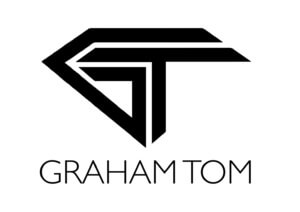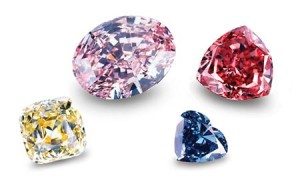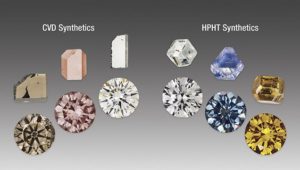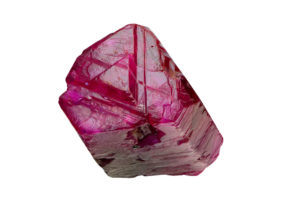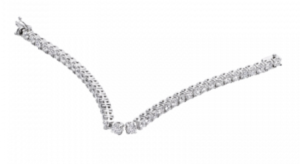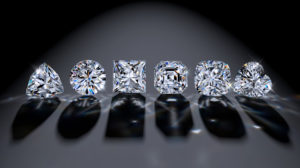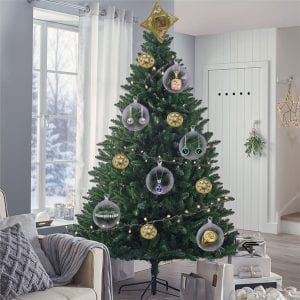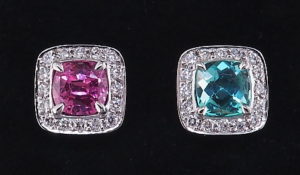For every 10,000 carats of all diamonds that are cut, a mere one carat may possess a fancy colour. The rarity of fancy colour diamonds coupled with their resilience to adverse economic climates has seen demand increase for private collectors for asset accumulation and institutional investors for mid/long term appreciation.
Since price tracking began 35 years ago, the rarer fancy colour diamonds have not decreased in value at dealer level. This differentiates from their colourless counterpart which have been subject to varying pricing fluctuations in adverse economic conditions.
The individual colours in all natural diamonds whether colourless or faint yellow to fancy colour originates with the absorption of white light entering a diamond. White light is composed of varying spectral colours and are absorbed in diamonds owing to the atomic structure and inclusion of trace elements within a diamond.
There are four types of atomic structure of diamond and the most predominant is Type 1a which is composed of nitrogen atoms and constitute up to 98% of all colourless to faint yellow diamonds on the market. The remaining 2% include Type 1b diamonds which have isolated nitrogen atoms and are brown, yellow and orange in colour. Type 11a diamonds are nitrogen free and colourless and include some of the rarest pink diamonds and Type 11b are blue and very rare due to trace elements of boron.
The colour in pink, purple and red diamonds are caused by high temperature and pressure during diamond growth which caused tensions and deformation within the lattice, the arrangement of atoms within a diamond crystal. The green colour comes from the presence of uranium in the immediate vicinity during diamond growth.
The grading of fancy colours are very different to grading colourless to faint yellow diamonds. Fancy colour grading begins beyond the grade Z on the colour grading scale. While colourless, near colourless, faint and light diamond colours are graded from the face-down position. Grading laboratories assess fancy colour diamonds from the face-up or top view of the diamond. Graders evaluate the hue, tone, and saturation of each diamond.

Hue refers to the primary colour of the diamond such as brown, Blue, Yellow, Pink or Blue. Secondary or modifying colours are also assessed, as they impact on the overall hue of the fancy colour. Tone defines how light or dark the hue of the diamond actually is. Saturation refers to the strength of colour or how much colour is present and the colour’s intensity. There are six categories to grade saturation of fancy colour diamonds: Fancy Light, Fancy, Fancy Intense, Fancy Dark, Fancy Deep and Fancy Vivid. See illustration below for Yellow hue.
Fancy colour diamonds, unlike their colourless counterparts are cut to maximize colour. Certain shapes will intensify fancy colour and typically, the deeper the pavilion of diamond the more colour is returned to the eye. Clarity of fancy colour diamonds are also not as critical as their colourless counterpart. The most important variable is intensity of colour and in general, the richer the saturation of colour, the higher the diamond value.
